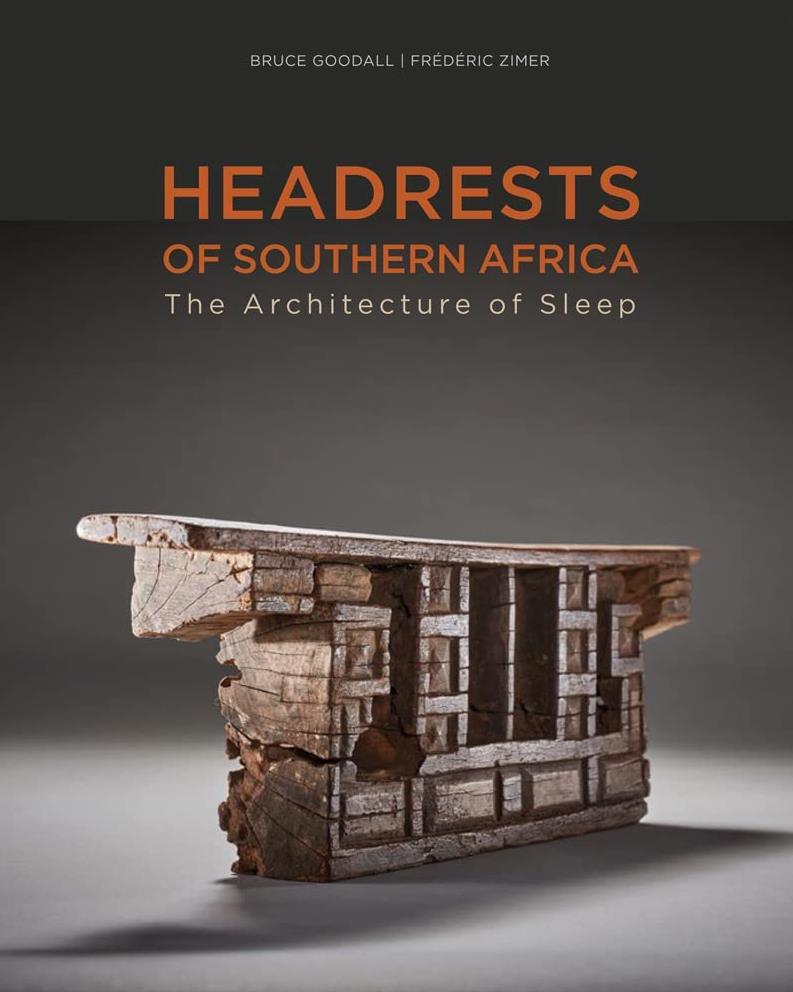By Khulile Thwala
Eswatini, Kwa-Zulu Natal, and Limpopo have all been featured in an internationally acclaimed art book titled Headrests of Southern Africa: The architecture of sleep.
With growing global recognition, the Amazon hit explores the ancient culture of using carved headrests to sleep, which was quite prevalent in Eswatini’s days of age. According to authors Bruce Goodall and Frederic Zimer, the headrests were intimate everyday objects intended for use.
Although highly valued, they were not regarded as “precious” and were subject to the wear and tear of daily life.
“The repeated nightly connection, where owners rested their heads on these objects created an unassailable organic depth of association between object and person. The recurring contact between skin, hair, and wood gave rise to pieces with edges softened by loving use and a deep, lustrous patina,” wrote the duo.
Years in the making, Headrests from Southern Africa The Architecture of Sleep five continents is a substantial and richly illustrated publication of 440 pages, featuring 438 headrests from the Kwazulu-Natal, Eswatini and Limpopo regions of southern Africa, the book offers detailed historical knowledge specific to each region, and unique personal information collected from many of the original owners or carvers of the headrests.
Alongside the images of the headrests themselves are photographic portraits of those owners – and the carvers- of these beautiful sculptural objects.
The headrests are brought to life with wide-ranging insights into their significance. In marked contrast to practices that classify cultural artefacts and people according to tribal, creation, ownership, use, and
groupings, Headrests of Southern Africa: The Architecture of Sleep recognises the individuals who owned and made these items of daily use, revealing the deeply personal relationship between the headrest
and human beings.
Including original contributions by field collectors Bruce Goodall, Mavis Duma, and Clive Newman, art historians Karel Nel and Nessa Leibhammer, and collector Frederic Zimer, the book is an important reference for anyone interested in Africa and its material culture, including museum curators, African art collectors, and scholars.
Eswatini featured in an international book for museum curators

next post
Related posts
- Comments
- Facebook comments

